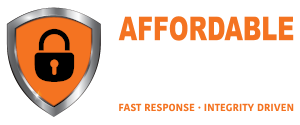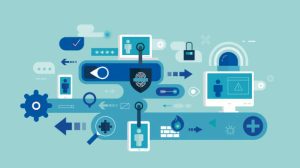In today’s interconnected world, where data breaches and cyber threats loom large, practicing good cybersecurity hygiene is imperative. Whether you’re an individual or a business entity, safeguarding your digital assets against malicious actors requires proactive measures and constant vigilance. From securing personal information to protecting sensitive business data, adopting cybersecurity best practices is paramount. Let’s delve into some essential strategies to fortify your digital defenses.
Understanding Cybersecurity Hygiene
Cybersecurity hygiene refers to the set of practices and protocols designed to maintain the integrity, confidentiality, and availability of digital information. Just like personal hygiene safeguards against illnesses, cybersecurity hygiene mitigates the risk of cyber attacks and data breaches. It encompasses a range of activities, from implementing robust security measures to educating users about potential threats.
Cybersecurity Best Practices
-
Strong Passwords and Multi-Factor Authentication (MFA):
- Utilize complex passwords containing a mix of letters, numbers, and special characters.
- Enable multi-factor authentication wherever possible to add an extra layer of security.
-
Regular Software Updates and Patch Management:
- Keep operating systems, software, and applications updated with the latest security patches to address vulnerabilities.
-
Firewalls and Antivirus Software:
- Install and maintain firewalls to monitor and control incoming and outgoing network traffic.
- Employ reputable antivirus software to detect and remove malware threats.
-
Data Encryption:
- Encrypt sensitive data both at rest and in transit to prevent unauthorized access.
-
Employee Training and Awareness:
- Conduct cybersecurity awareness training sessions to educate employees about phishing scams, social engineering tactics, and other cyber threats.
- Foster a culture of security-consciousness within the organization.
-
Secure Backup and Recovery Plans:
- Regularly back up critical data and ensure backups are stored securely, preferably offline or in an encrypted format.
- Develop and test robust data recovery procedures to minimize downtime in the event of a breach or disaster.
-
Access Control and Least Privilege Principle:
- Implement access controls to restrict user privileges based on the principle of least privilege, granting only necessary permissions for users to perform their roles.
-
Incident Response Planning:
- Develop comprehensive incident response plans outlining procedures for identifying, containing, and mitigating cyber incidents.
- Designate specific individuals or teams responsible for managing cybersecurity incidents.
In an era marked by escalating cyber threats, prioritizing cybersecurity hygiene is non-negotiable. Whether you’re an individual navigating the digital landscape or a business safeguarding sensitive information, adhering to best practices is crucial for protecting against cyber attacks and data breaches. By fortifying your defenses, staying vigilant, and fostering a security-conscious culture, you can mitigate the risks posed by cyber adversaries and safeguard your digital realm.
Remember, cybersecurity is not a one-time effort but an ongoing commitment. By embracing these best practices and remaining adaptable to emerging threats, you can navigate the digital landscape with confidence and resilience.
For more insights on cybersecurity best practices and the latest trends in digital security, stay tuned to our blog for regular updates and expert guidance. Your digital safety is our priority.






